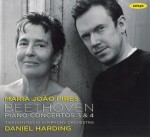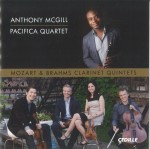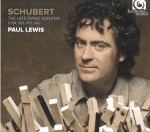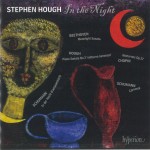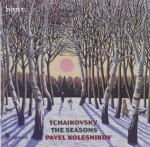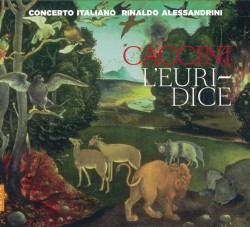Paganini – 24 Capricci - Marina Piccinini
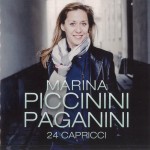 Paganini – 24 Capricci
Paganini – 24 Capricci
Marina Piccinini
Avie AV2284
In his liner notes for this two-CD set of Paganini’s Capricci transcribed for flute by the performer, Julian Haycock writes: “In [Paganini’s] virtuoso hands, music of unprecedented technical complexity was dispatched with a cool nonchalance that betrayed little of the effort behind its execution.”
Yes, the name Paganini is synonymous with virtuosity, no end of which Piccinini brings – incredibly fast double tonguing in No.5, brilliant triple tonguing in No.13, admirable articulation throughout, but particularly in Nos.15 and 16, fluidity and even finger movement, used to great effect in Nos.17 and 24, the striking use of harmonics in No.18 and the ability throughout to bring out a melody in the low register and accompany it or comment on it with a soft sweet sound in the high.
All of the above, however, are mere technical foundation for the artistry which makes these studies so much more than just fodder for developing chops. The music appears nonchalant, as in the always tasteful, relaxed and never sentimental execution of the ubiquitous ornamentation in a way that reveals unexpected depths of feeling, in the exquisite control of dynamics and the expressive power that control brings.
In the liner notes Piccinini refers to the Capricci as “inspired miniatures of extraordinary … intensity,” going on to say that she was struck by their expressive range and by “Paganini’s mystic, dark side and … haunting, introspective, tender vulnerability.” In this recording she has succeeded in transmitting this vision of the Capricci. All in all, it is an enormous accomplishment … brava!!


